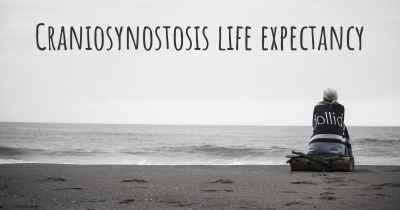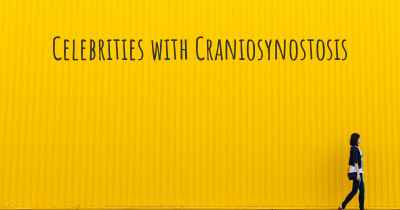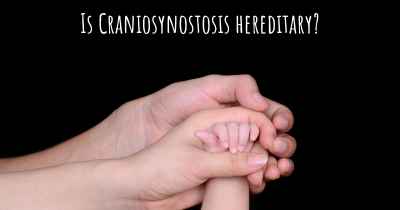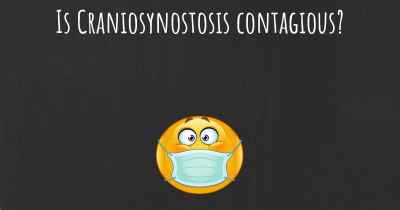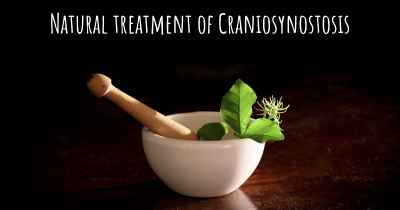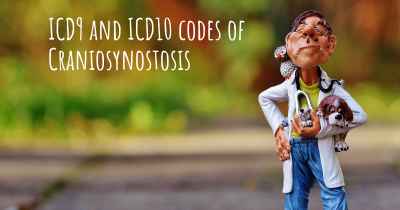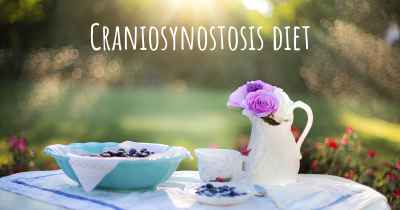Living with Craniosynostosis. How to live with Craniosynostosis?
Can you be happy living with Craniosynostosis? What do you have to do to be happy with Craniosynostosis? Living with Craniosynostosis can be difficult, but you have to fight to try to be happy. Have a look at things that other people have done to be happy with Craniosynostosis
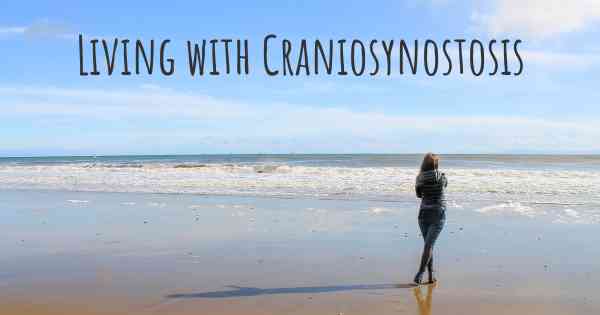
Living with Craniosynostosis
Craniosynostosis is a condition where the sutures in an infant's skull fuse too early, causing abnormal head shape and potential complications. While living with craniosynostosis can present challenges, there are various strategies and support systems available to help individuals and families navigate this condition.
Medical Management
Seeking appropriate medical care is crucial for individuals with craniosynostosis. Early diagnosis and intervention are key to ensuring the best possible outcomes. A pediatrician or a craniofacial specialist can provide guidance and develop a treatment plan tailored to the individual's needs.
Surgical Interventions
In most cases, craniosynostosis requires surgical correction. The specific procedure will depend on the type and severity of the condition. Cranial vault remodeling or cranial vault reconstruction are common surgical techniques used to reshape the skull and allow for proper brain growth. These surgeries are typically performed during infancy or early childhood.
Post-Surgical Care
After surgery, individuals may require ongoing medical follow-ups to monitor their progress and address any potential complications. It is important to closely follow the healthcare provider's instructions regarding wound care, pain management, and physical therapy. Regular check-ups and imaging tests may be necessary to ensure proper healing and development.
Supportive Therapies
Living with craniosynostosis may involve additional therapies to support optimal development and well-being. These may include:
- Physical therapy: To aid in motor skills development and improve strength and coordination.
- Occupational therapy: To enhance fine motor skills, sensory integration, and daily living activities.
- Speech therapy: To address any speech or swallowing difficulties that may arise.
- Cognitive therapy: To support cognitive development and address any learning challenges.
Emotional Support
Living with craniosynostosis can be emotionally challenging for both individuals and their families. It is important to seek emotional support and connect with others who have similar experiences. Consider joining support groups, both in-person and online, to share experiences, gain insights, and find comfort in knowing you are not alone.
Education and Advocacy
Education plays a vital role in living with craniosynostosis. Stay informed about the condition, treatment options, and available resources. Advocate for yourself or your child by actively participating in healthcare decisions, seeking second opinions if necessary, and ensuring access to appropriate educational support.
Building a Support Network
Surrounding yourself with a strong support network can make a significant difference in coping with craniosynostosis. Engage with family, friends, and professionals who understand and support your journey. Connect with local and national organizations specializing in craniofacial conditions to access additional resources and connect with others facing similar challenges.
Self-Care and Well-being
Remember to prioritize self-care and well-being. Take time for activities that bring you joy and relaxation. Engage in hobbies, exercise regularly, and maintain a healthy lifestyle. Seek professional help if you or your child experience emotional difficulties or mental health concerns.
Living with craniosynostosis may present unique challenges, but with proper medical care, support, and self-care, individuals can lead fulfilling lives. Remember, you are not defined by your condition, but by your resilience and strength.
Posted Oct 16, 2019 by Conner 2500
